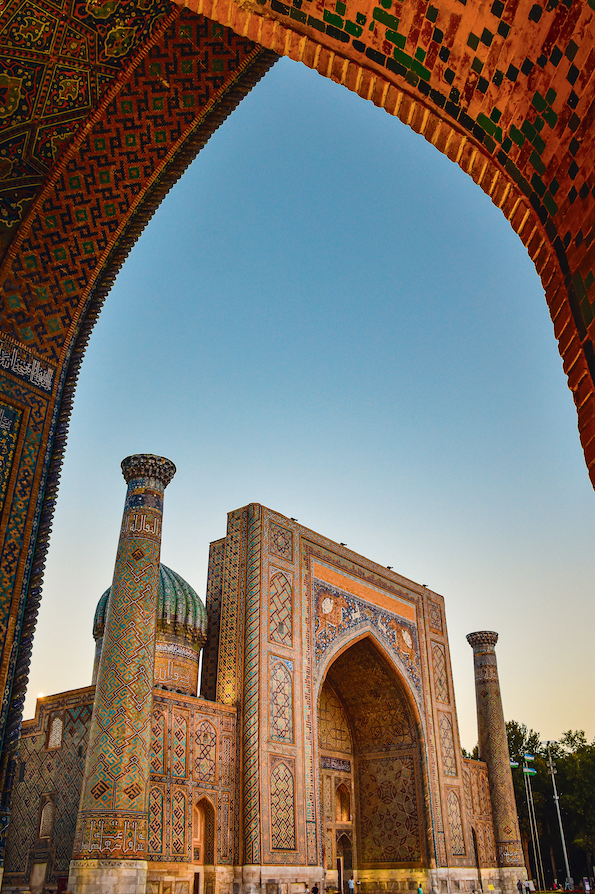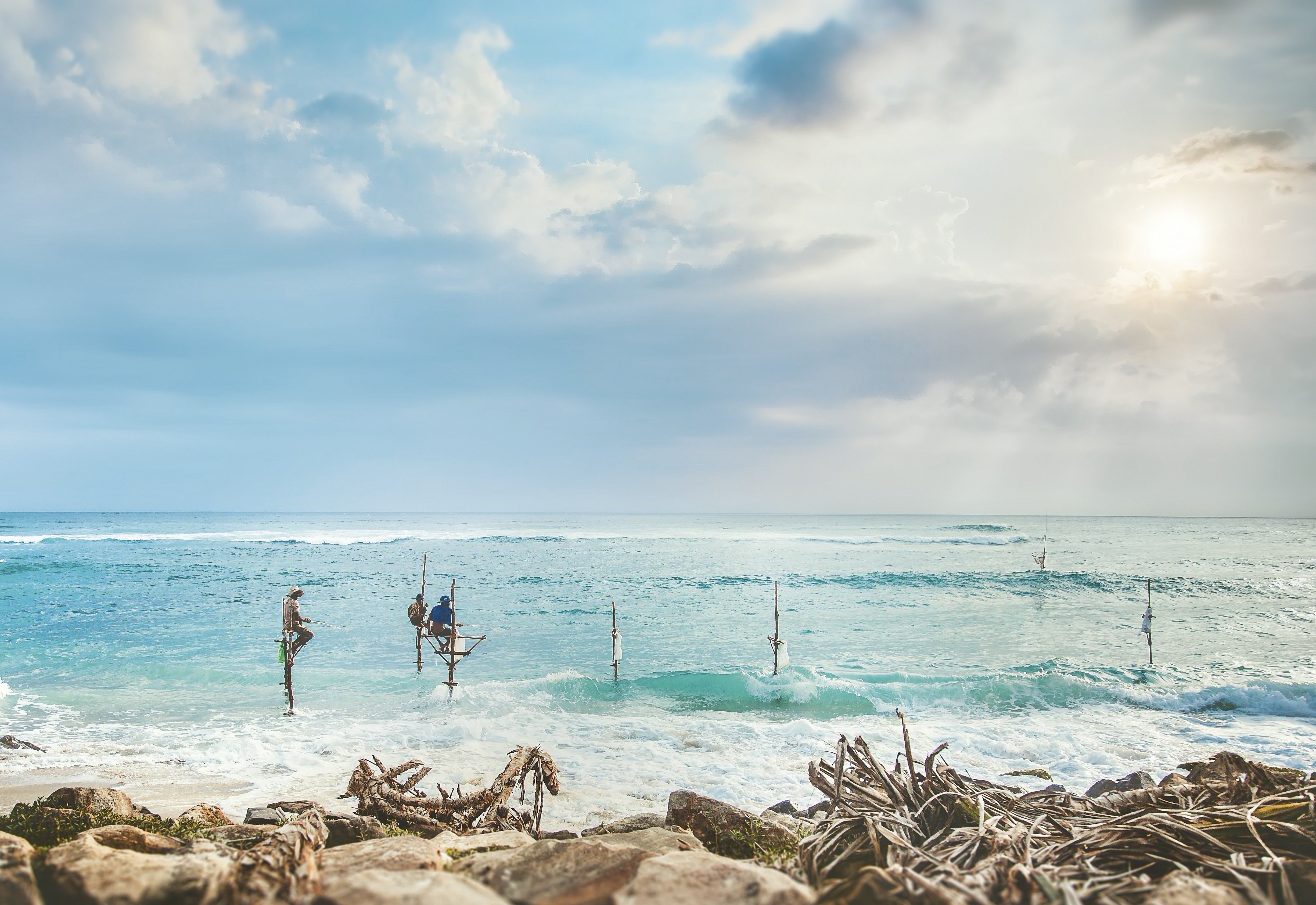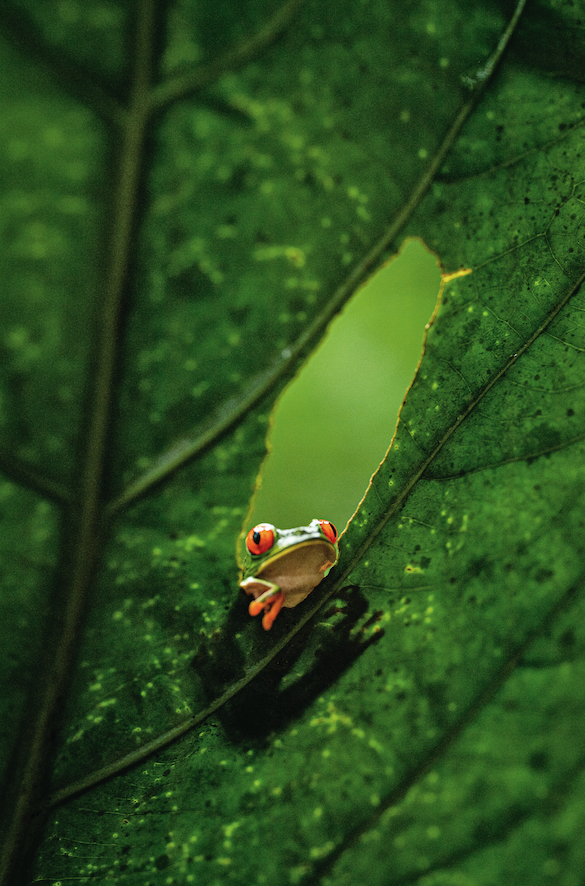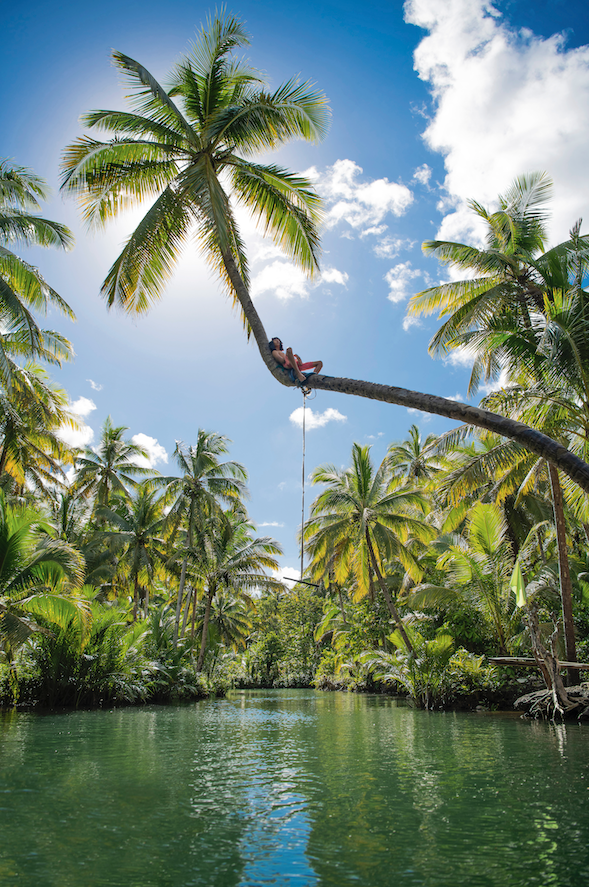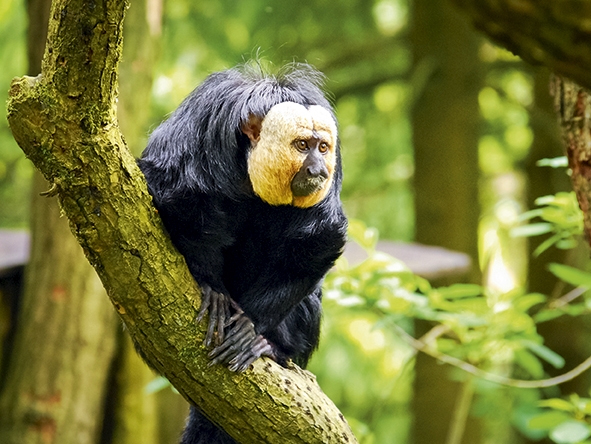THE PHILIPPINES
Connor McGovern, commissioning editor at Telegraph Travel, is all about the islands.
‘The Philippines has this wealth of islands that are like something on a postcard,’ says Connor. ‘The colour of the water, the rainforest, the beaches look out of this world. That alone is an appeal. Plus I don’t know many people who’ve actually been – I think somewhere else always pops up sooner.’
The Philippines’ 7,640 islands daub the western Pacific like a Pollock painting. Resplendent green islets and beryl-coloured bays are the biggest draws, but the country teems with adventure, culture and nature. Centuries of indigenous trade and colonial influence have made this East Asian nation fiercely unique, reflected in Filipino architecture, religion, arts and cuisine. Beyond the beaches, you’ll find belching volcanoes, neon megacities, vibrant festivals, fascinating palaeontology and some of the highest biodiversity on the planet. With over 300,000sq km to island-hop, the Philippines offers travellers true tailor-made trips.
‘I was planning to go in 2020, but the pandemic happened before I had a chance,’ explains Connor. ‘I haven’t quite narrowed down which islands to visit, but Boracay is one of the big-hitters and its beaches are always on the lists of best in the world. The lesser-known parts are interesting too – like El Nido on Palawan. Then I’m keen to have a couple of nights in Manila to explore the markets, churches and Spanish-era architecture.’
The pull of the wild is also strong. ‘I find the bird life in that part of the world incredible,’ he says. ‘The variety you see in the wild and in sanctuaries is quite special, so I’m keen to do a hike into the forest and along the rivers.
‘Surfing is another thing – I’d love to learn,’ he continues. ‘I don’t think I’d be very good, but I figure if I’m going to learn anywhere, I would do so in the Philippines. It’s got a big surfing culture, with cafés and juice bars and markets along the seafront. I’d love to go and learn in a place where the whole community is based around the beach and the surfing hotspots.’
Then, of course, there’s the food. ‘It’s not a cuisine you hear about very much,’ he says. ‘Filipino food hasn’t had its moment on London’s restaurant scene, but it’s interesting because it has Portuguese, Spanish, Chinese, American and Malay influences and I don’t think there’s anywhere quite like it. You see a lot of similarities with Spanish cuisine, with roasted pigs and beef, tomatoes and lots of vinegar. I’d be keen to try out the seafood broths, steamed meat in banana leaves, meat stewed in tarts… Send me now!’


